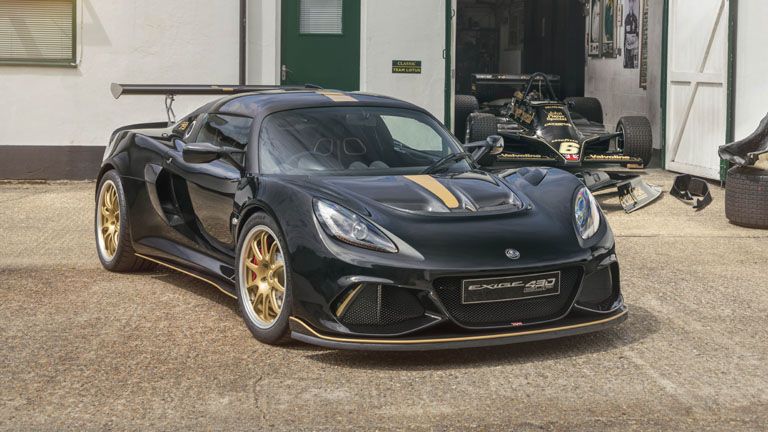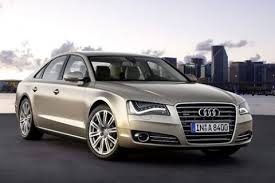


This edition of the Porsche 911 Ruf CTR Yellow Bird is the 5 speed / Manual version and was first brought out in 1987. This was at around the same time as the introduction of the 1987 Porsche 959 Turbo and the 1987 Ferrari F40 2.9 V8.This particular Porsche 911 has a 3366cc Turbo Petrol powerplant with 6 cylinders in a F formation.
The 911 shares its Petrol F6 engine configuration with the likes of the 2017 Porsche 911 GT2 RS and the 2016 Porsche 911 Turbo S 991 II. If you're looking for other fast cars which share the 911's Rear Wheel Drive, Coupe combination then how about the 1982 Fiat X1/9 1.5 8V or the 1965 Aston-Martin DB6 1965.
Weighing in at 1379 kgs (3040 lbs) this makes the Porsche 911 Ruf CTR Yellow Bird in the same weight category as the 2022 Lamborghini Huracan Tecnica 5.2 V10 or the give or take 50kg.
In terms of power the 3366cc 12V F6 engine produces 469 bhp (349 kW) @ 5950 rpm similar to the 2023 Porsche Cayenne S 4.0 V8 Turbo (467 bhp) or the 2023 Porsche Boxster Spyder RS 4.0 982 (493 bhp).
The Turbo F6 throws out 408 lb-ft (553.1 Nm) @ 5100 rpm placing it with cars of similar torque performance figures such as the 2024 Ford Mustang Dark Horse 5.0 V8 (418 lb-ft) or the 2022 KTM X-Bow GT-XR 2.5 Turbo (429 lb-ft).
If one combines the weight with power or torque performance for the Porsche 911 you can get a better idea of it's real world performance.
The 2020 Lamborghini SC20 6.5 V8 (365.1 bhp per ton) has similar Bhp Per Ton stats as the Porsche 911.
The Porsche 911 has a Power to weight ratio of 340.1 bhp per ton and 295.8 lb-ft per ton. Bhp Per Ton figures of the 1987 911 competing with the 2020 Lamborghini SC20 6.5 V8 (365.1 bhp per ton) or the 2020 Audi R8 Performance 5.2 V10 (364.8 bhp per ton).
If you agree with the late great Carroll Shelby then arguably an even better indicator of potential performance, Torque. Use weight as well and you end up with - Torque per ton, with the Porsche 911 generating around 295.8 lb-ft per ton. If you're curious as to what other cars have as much torque to weight then look no further than the 2016 Mercedes E Class 63 S AMG 4Matic Saloon (320.7 lb-ft per ton) or the 2006 Mercedes CLK DTM Cabriolet (320.6 lb-ft per ton).
With a 0-60mph time of 4.10 secs or a 0-100km/h (0-62mph) of 4.2 secs, this made the Porsche 911 Ruf CTR Yellow Bird as fast as the 2024 Ford Mustang Dark Horse 5.0 V8 (4.10 secs) the 2022 Lotus Emira First Edition 3.5 V6 Supercharged (4.10 secs) the 2022 BMW XM 4.4 V8 Twin Turbo G09 (4.10 secs) the or the 2022 BMW 2 Series M2 3.0 Twin Turbo G87 (4.10 secs). This Porsche 911 Ruf CTR Yellow Bird is also faster than the 2022 Ford Mustang GT 5.0 V8 (4.20 secs) the 2021 BMW 2 Series M240i xDrive 3.0 Turbo G42 (4.20 secs) the 2020 Ford Mustang Shelby GT350 5.2 V8 (4.20 secs) the and the 2020 Lotus Elise Sport 220 1.8 Supercharged (4.20 secs).
![Honda Civic Type R 2.0i 16v Turbo - FK2 - [2015] image Honda Civic Type R 2.0i 16v Turbo - FK2 - [2015] image](/editionimages/1670.jpg)
Quarter Mile time is a close race between the 911 and the 2015 Honda Civic Type R 2.0i 16v Turbo - FK2
When talking about the performance of the Porsche 911 on the drag strip it can reach a quarter mile in an estimated 11.72 secs @ 116.7 mph. Similar performance down the quarter mile can be found with the the 2015 Honda Civic Type R 2.0i 16v Turbo - FK2 (11.67 secs), the 2007 Lotus Elise SC 1.8 (11.70 secs), and the 2003 Jaguar XJ R 4.2 V8 Supercharged (11.70 secs).
Modern performance cars are often artificially restricted to 155mph. The 1987 version of the Porsche 911 Ruf CTR Yellow Bird has a maximum speed of 211mph.
If maxing out your car on the AutoBahn is your thing and you're wondering what's faster than the 1987 Porsche 911 Ruf CTR Yellow Bird then how about the 2005 Gumpert Apollo 4.2L V8 Twin Turbo (223 mph), the 2009 Gumpert Apollo S 4.2 V8 Twin Turbo (224 mph), or the 2009 Noble M600 4.4L V8 (225 mph).










Volkswagen-VW Golf GTi MK1
Engine: Naturally Aspirated Petrol | 1588cc 16v St4
Top Speed: 113 mph
0-60mph: 8.90 seconds

Renault 11 1.4 Turbo
Engine: Turbo Petrol | 1397cc 8v St4
Top Speed: 186.6 kph
0-100kph: 9.0 seconds



















